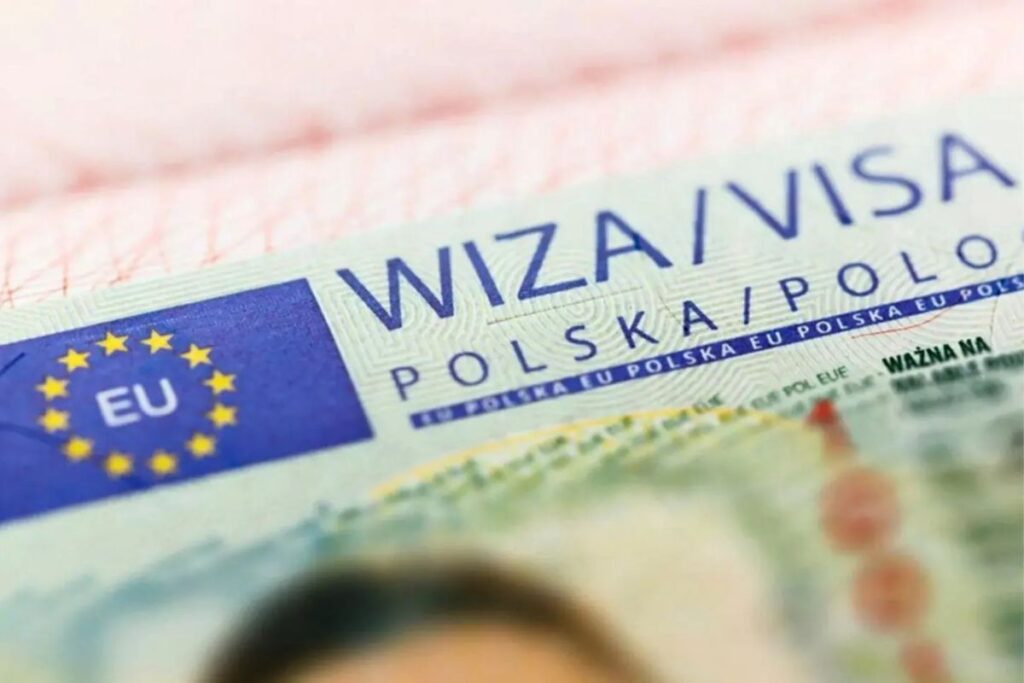
Serbia Closes 2023 with 7.6% Annual Inflation. The Balkan nation grapples with rising prices amid global economic challenges.
Serbia ended 2023 with an annual inflation rate of 7.6%, according to data from the Serbian Statistical Office. This represents a slight decrease from the 8% inflation rate recorded in November 2023, but it is still significantly higher than the central bank’s target of 3%.
The high inflation rate is mainly driven by rising global food and energy prices, which have been exacerbated by the war in Ukraine. The Serbian government has taken some measures to mitigate the impact of inflation, such as introducing price caps on certain essential goods and increasing social benefits. However, these measures have had limited effect, and inflation is expected to remain high in the near term.
What are the implications of high inflation in Serbia?
High inflation can have a number of negative consequences for the Serbian economy and its citizens. For example, it can lead to a decrease in purchasing power, as people’s wages and salaries do not keep pace with rising prices. This can lead to a decline in living standards and an increase in poverty.
High inflation can also discourage investment, as businesses become uncertain about the future value of their money. This can lead to slower economic growth and job creation.
What is the government doing to address inflation?
The Serbian government has taken a number of steps to address inflation, including:
- Introducing price caps on certain essential goods, such as bread, milk, and sugar.
- Increasing social benefits for pensioners and other vulnerable groups.
- Tightening monetary policy by raising interest rates.
These measures have had some limited success in slowing the rate of inflation, but they have also had some negative side effects. For example, price caps can lead to shortages of goods, and raising interest rates can make it more expensive for businesses to borrow money and invest.
What is the outlook for inflation in Serbia?
The outlook for inflation in Serbia is uncertain. The war in Ukraine is a major wildcard, and it is difficult to predict how it will affect global food and energy prices. In addition, the Serbian government’s ability to continue to provide subsidies and other forms of support will be limited by its fiscal constraints.
As a result, it is likely that inflation will remain high in Serbia in the near term. However, the government is taking steps to address the problem, and it is possible that inflation will start to come down later in the year.
In conclusion, Serbia closed 2023 with an annual inflation rate of 7.6%. This is a significant challenge for the Serbian economy and its citizens. The government is taking steps to address the problem, but it is likely that inflation will remain high in the near term.



